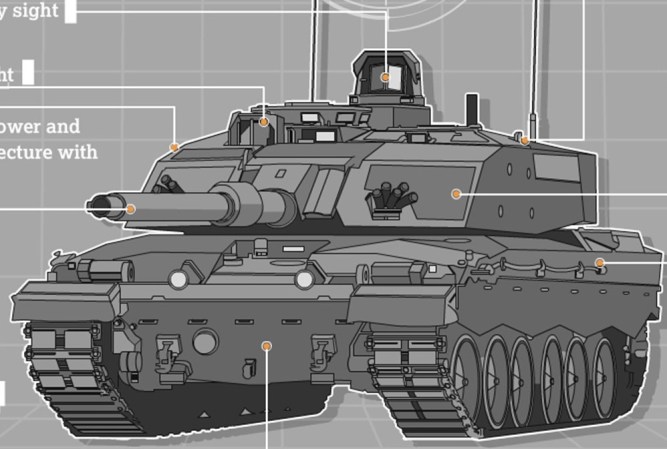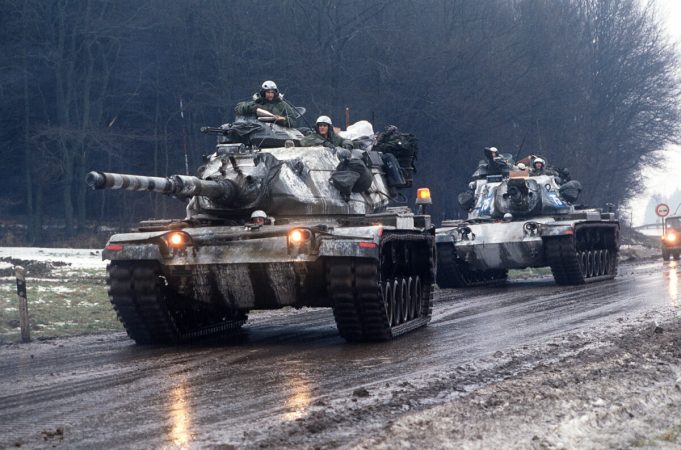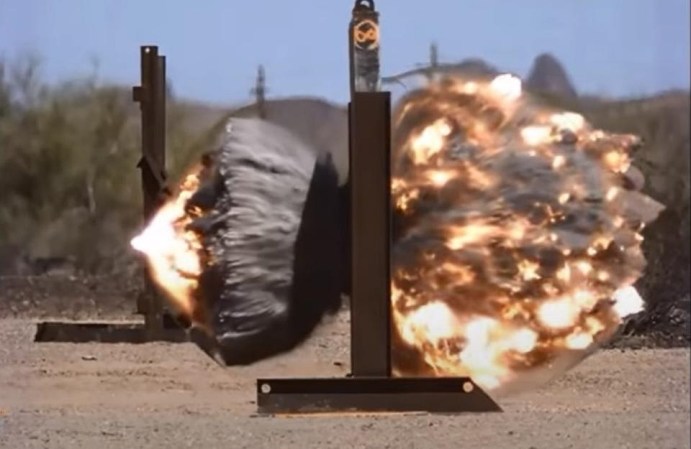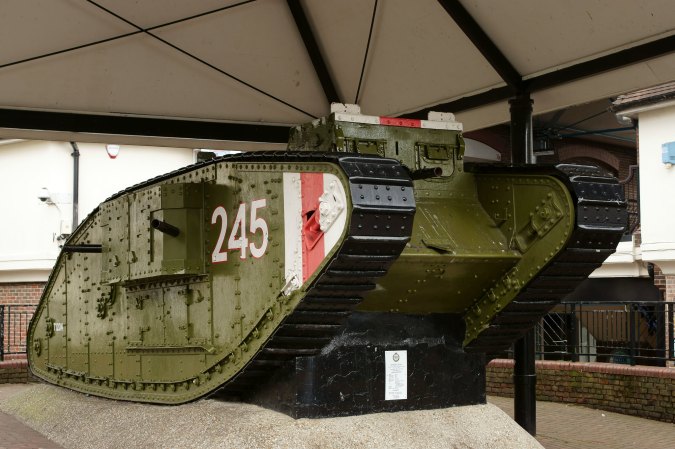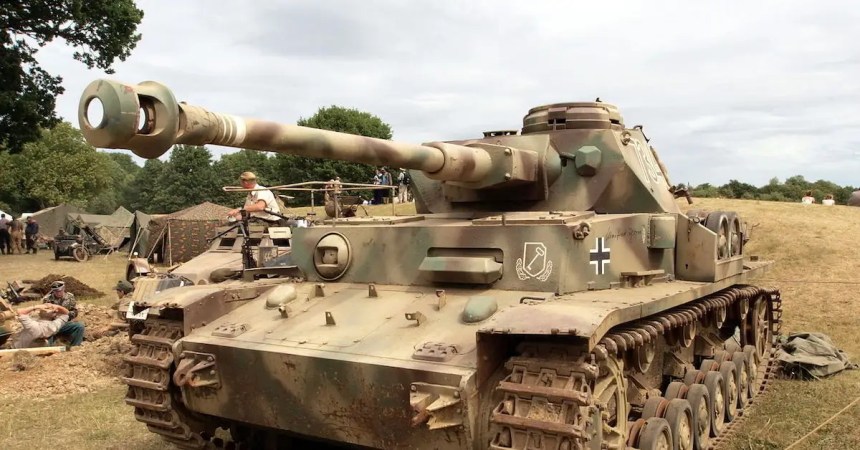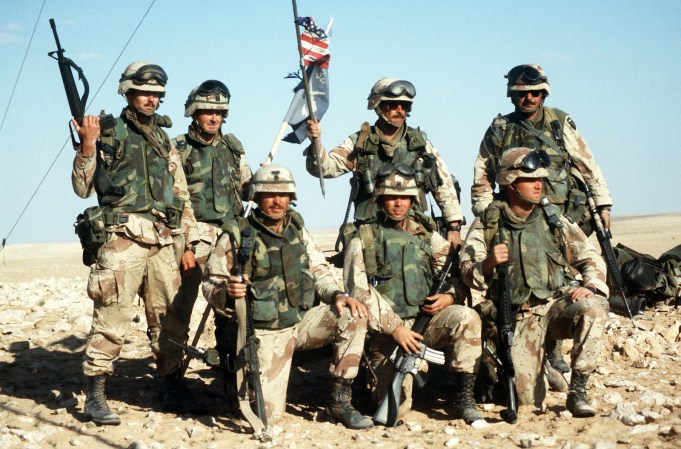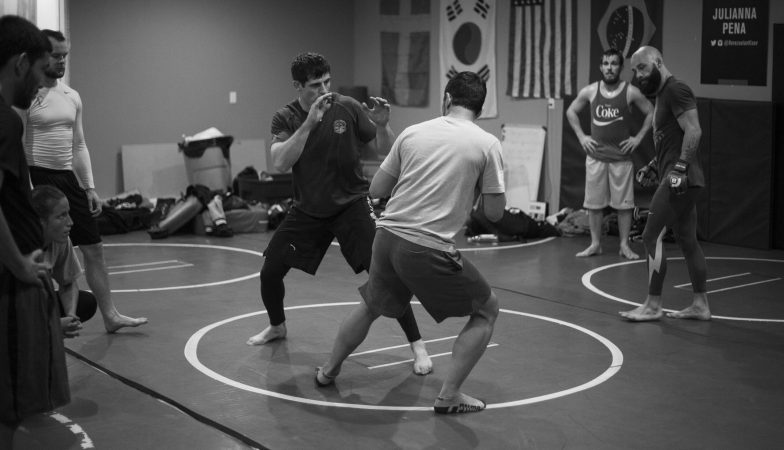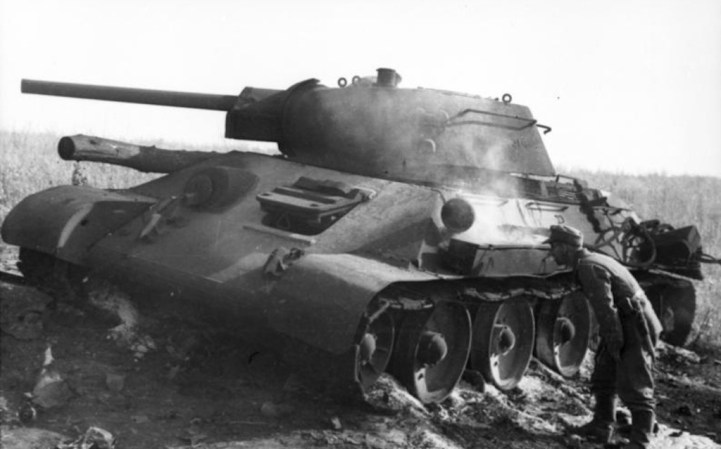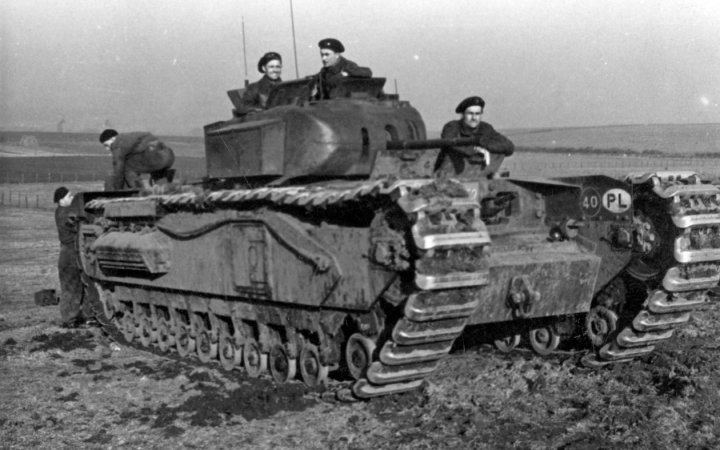When main battle tanks like the T-55, M48/M60 Patton, and Leopard 1 emerged, they usually had a crew of four: the tank commander, the gunner, the loader, and the driver. But all of that changed when the Soviet Union introduced the T-64 main battle tank.
The T-64 was designed with a mechanical device to put the shells in the gun — called an auto-loader — that effectively made the role of “loader” obsolete. Since then, every Soviet and Russian tank that has entered service has operated with a crew of three. Their main gun is now one giant semi-automatic – much like a M1911, only it fires a shell roughly five inches in diameter instead of a .45 ACP bullet. So, which crew arrangement works best? Let’s take a look at the pros and cons.
Pros of a four-man crew
For starters, having a four-man crew spreads out basic maintenance tasks. Tanks, like any other piece of complex machinery, need care and attention to continue to operate smoothly. The extra crewman also helps the others get more rest by providing an extra pair of eyes for standing watch – a little extra shuteye can be a lifesaver. Third, a 19-year-old grunt is easier to take care of than a mechanical loading device. Finally, the loader, if needed, can bring an extra machine gun to the fight

Pros of a three-man crew
The biggest advantage of a three-man crew is that it enables you to build a somewhat smaller tank. A smaller tank is, theoretically, harder to hit. There are also some logistical benefits — the same number of rations can sustain a smaller crew longer. The bean-counters in the rear are also happy — auto-loaders do not need to be paid or equipped.

Cons of a four-man setup
As you can imagine, to operate with a crew of four, tanks will have to be larger. Also, as a human being, the loader is in need of food, water, and other necessities. In the unfortunate event that the loader is injured or killed, suddenly, a three-man crew must do a four-man job.

Cons of a three-man crew
Let’s lay this out here: If the mechanical loading device breaks, that tank is out of action. To make matters worse, a smaller crew has fewer hands to maintain a lot more stuff – including the auto-loader. If the loader malfunctions, someone with a critically important job is going to have to divert attention.
The tanks being compact also means that the entire thing goes sky-high with a single hit.

There is perhaps one test that can determine which system works best: actual combat experience. The T-72 main battle tank and variants — all operated by a driver, gunner, tank commander, and auto-loader — have seen a lot of action, often against Western, four-man-crew tank designs.
Typically, the T-72s lose out. Perhaps that has something to say about which approach is better.




